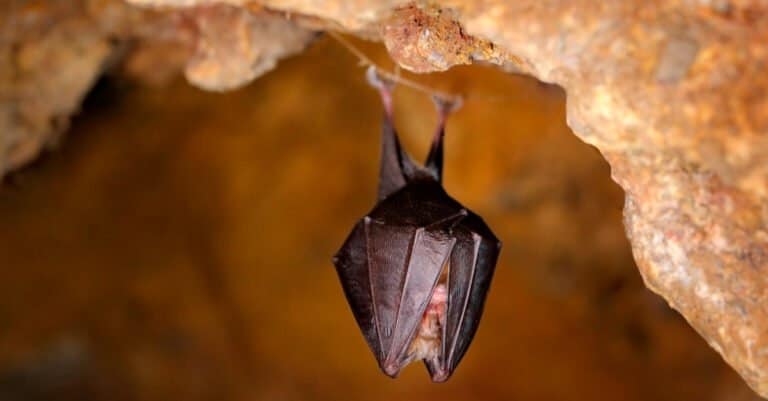
The best way to spot them is to stand near a river or lake around sunset. In the summer, you can see bats in any Three Rivers park. Without food, many bats are not able to return to hibernating and may die as a result. However finding enough food to sustain them in the winter is tricky. When they wake up in the middle of winter, and their systems return to normal, they are in need of food to fuel their lost fat stores. The fungus irritates the bats, causing them to be more likely to wake up on warmer winter days. Throughout winter, bats slowly metabolize their fat stores until they can search for food in the spring.
Bats hibernate or migrate skin#
The fungus grows on the exposed skin of hibernating bats. White-nose syndrome is a disease caused by the fungus Pseudogymnoascus destructans. While hibernation is one tactic to get through winter, it does come with a risk. The big brown bat tends to hibernate in caves and human-made structures in temperatures that are just above freezing. They seek spots that are warm and humid, which often causes beads of water to form on their fur.

The eastern pipistrelle hibernates in caves, mines and rock crevices. Northern (long-eared) bats have been found hibernating in caves and sand mines that have high humidity and steady temperatures. Most hang alone in their hibernating sites, but they can also be found in small clusters. The little brown bat hibernates in caves and mines preferably with higher humidity and ranging from 40-60 degrees Fahrenheit. The hibernation season for bats begins in the fall, usually around October or November, and ends in the spring, within the months of March, April, and May. While these bats stay in Minnesota through the winter, they do migrate from parks and other natural areas to nearby caves or human-made structures. The four bat species that tough out Minnesota winters by hibernating are: the little brown bat, the northern long-eared bat, the big brown bat and the eastern pipistrelle (also known as the tri-colored bat). Their heart rates shift from averaging 200-300 beats per minute to just about 20 beats per minute.Like other hibernators, bats experience major changes in their bodies during hibernation: Hibernating bats rely on fat stores to get them through the long winter. While torpor specifically refers to the short-term involuntary changes within the animal’s body that occurs to cope with cold temperatures. The two terms can be easily confused, but hibernation is a seasonal state of inactivity that commonly occurs in the winter, and may last for weeks to months. Torpor can last anywhere from a few minutes to a couple of hours. It is dependent on temperature changes and food availability. Torpor is an involuntary state of inactivity that involves low heart rate, body temperature, and metabolic rate. Hibernating bats enter a state called torpor. Hibernation helps animals save energy in order to survive the winter. Hibernation and TorporĪs winter approaches, many animals go into hibernation - a state of deep sleep that involves the slowing down of the heart rate, metabolic rate, and other bodily functions. On warm days, some may come out of hibernation to eat. and northern Mexico) and hibernate during winter. and Canada) migrate to the southern parts (southeastern U.S. Individuals that live in the northern parts of the range (the upper U.S. The eastern red bat toes the line between being a migrator and a hibernator. Geological Survey is licensed under CC PDM 1.0 Their winter range extends from California to Florida, as well as northern Mexico.

In the summer they roost in southern Alaska and Canada, later migrating to the northern regions of Mexico. The silver-haired bat has a large range that extends through the majority of North America. While some migrate out of the state, others take a shorter journey to find warmer shelter in the area and stick out the winter through hibernation. Minnesota is home to seven species of bats, but they don't all approach winter the same way. Some escape the chill by migrating out of Minnesota, others hold out until spring by hibernating, and others take even different approaches. Different animals have different strategies for surviving the cold. As the weather gets cooler, animals begin gearing up for winter.


 0 kommentar(er)
0 kommentar(er)
